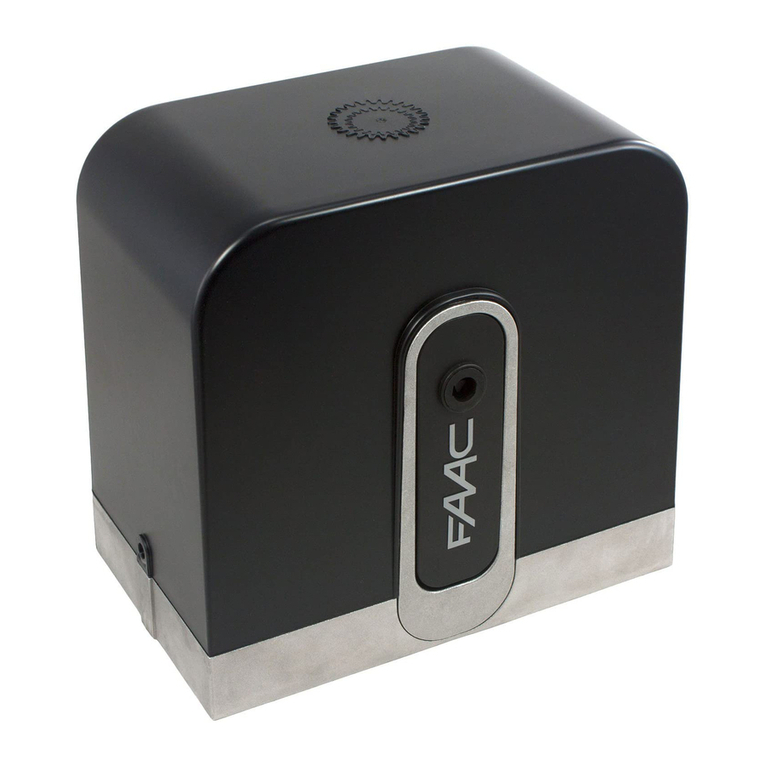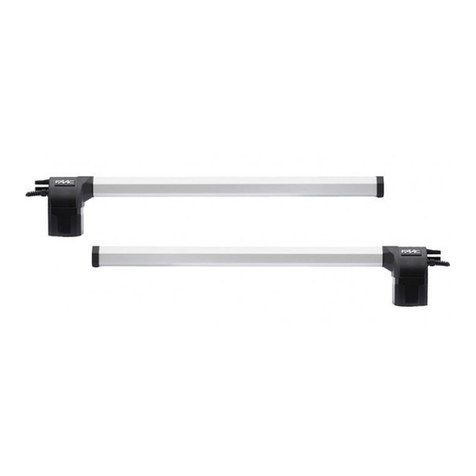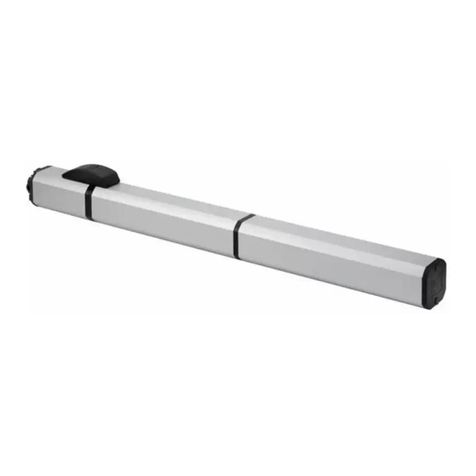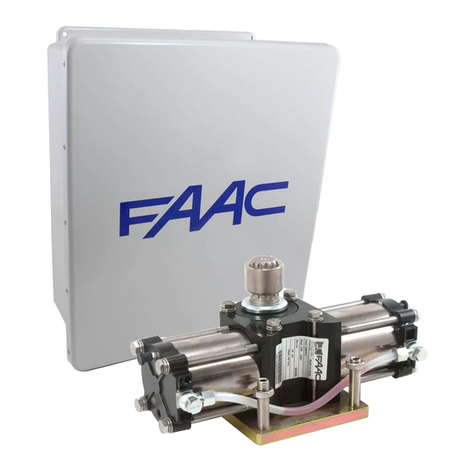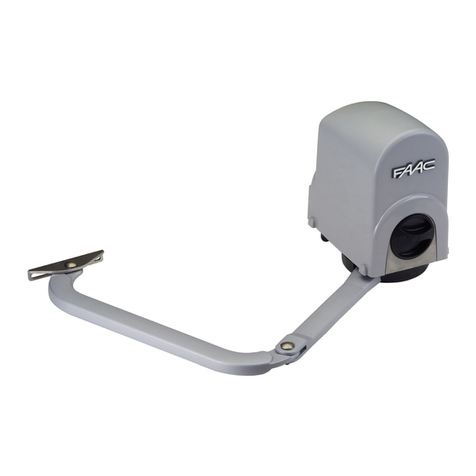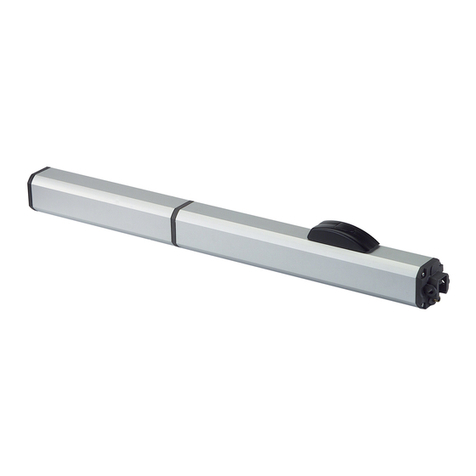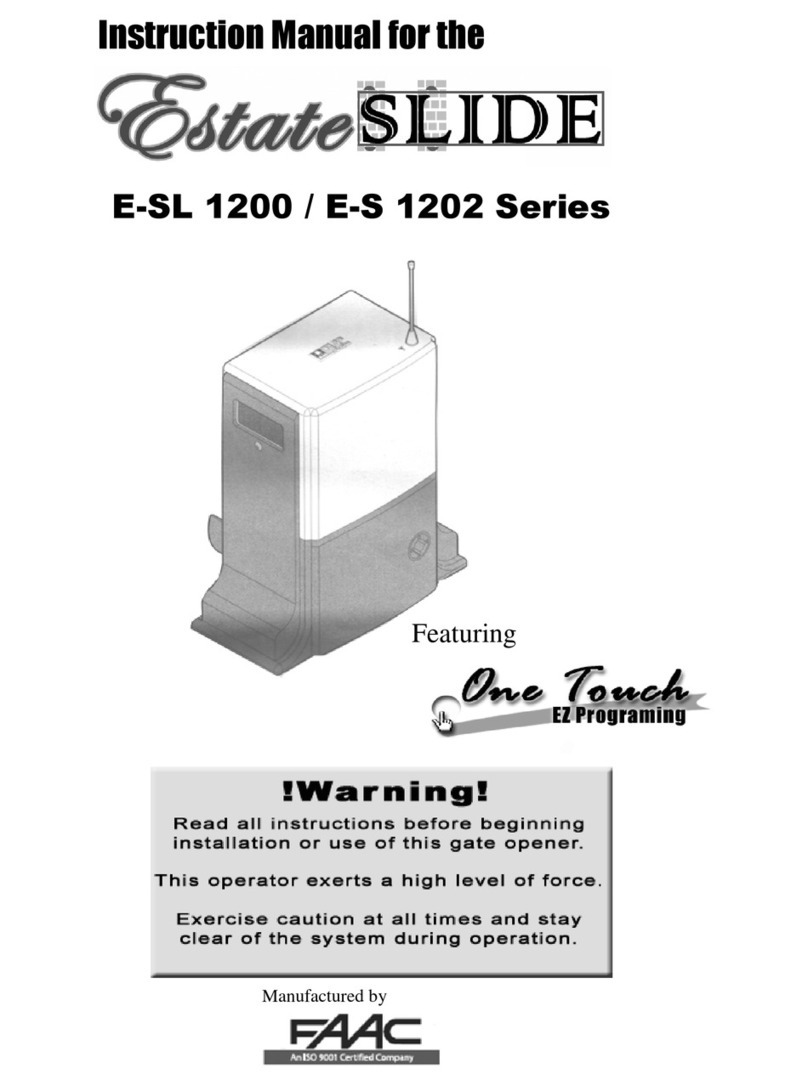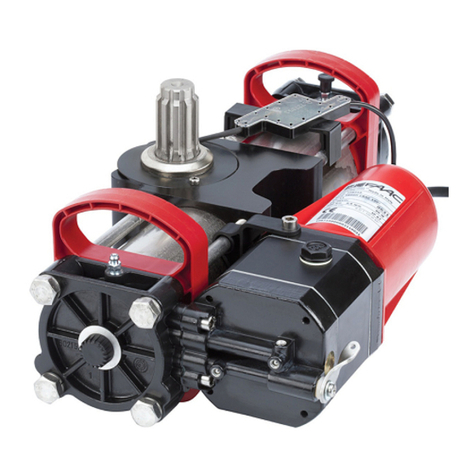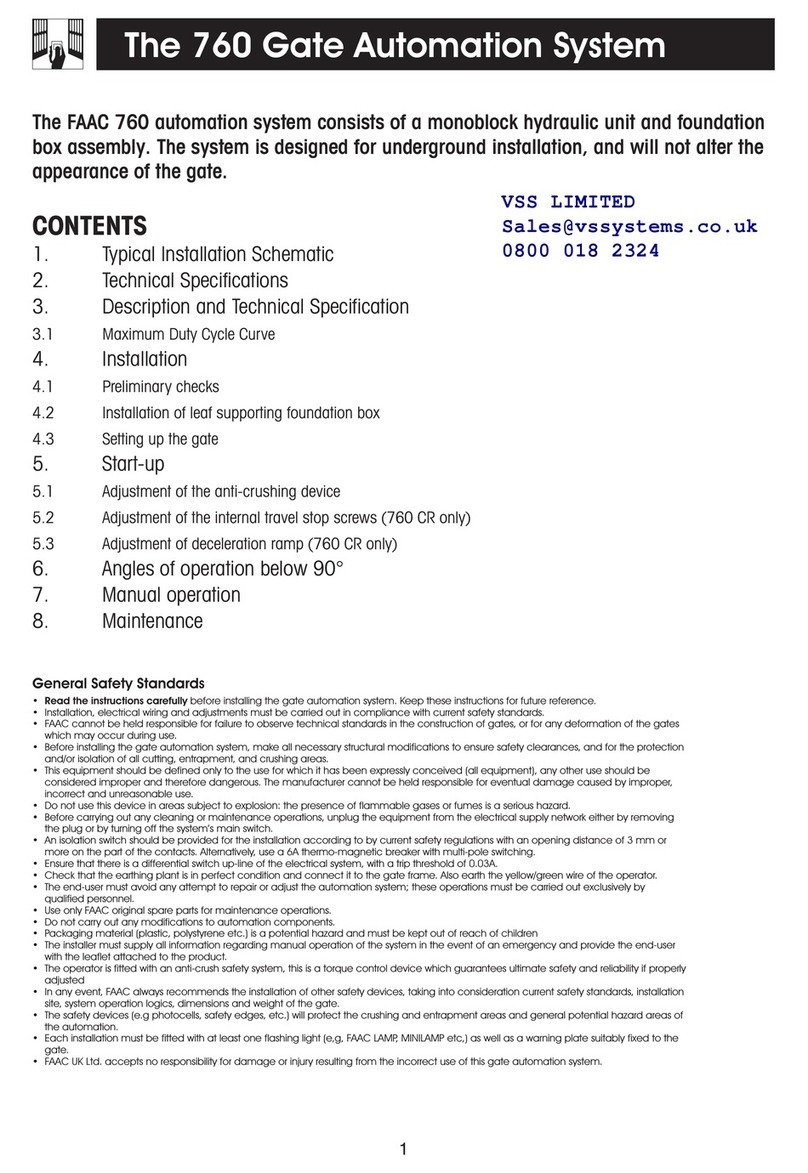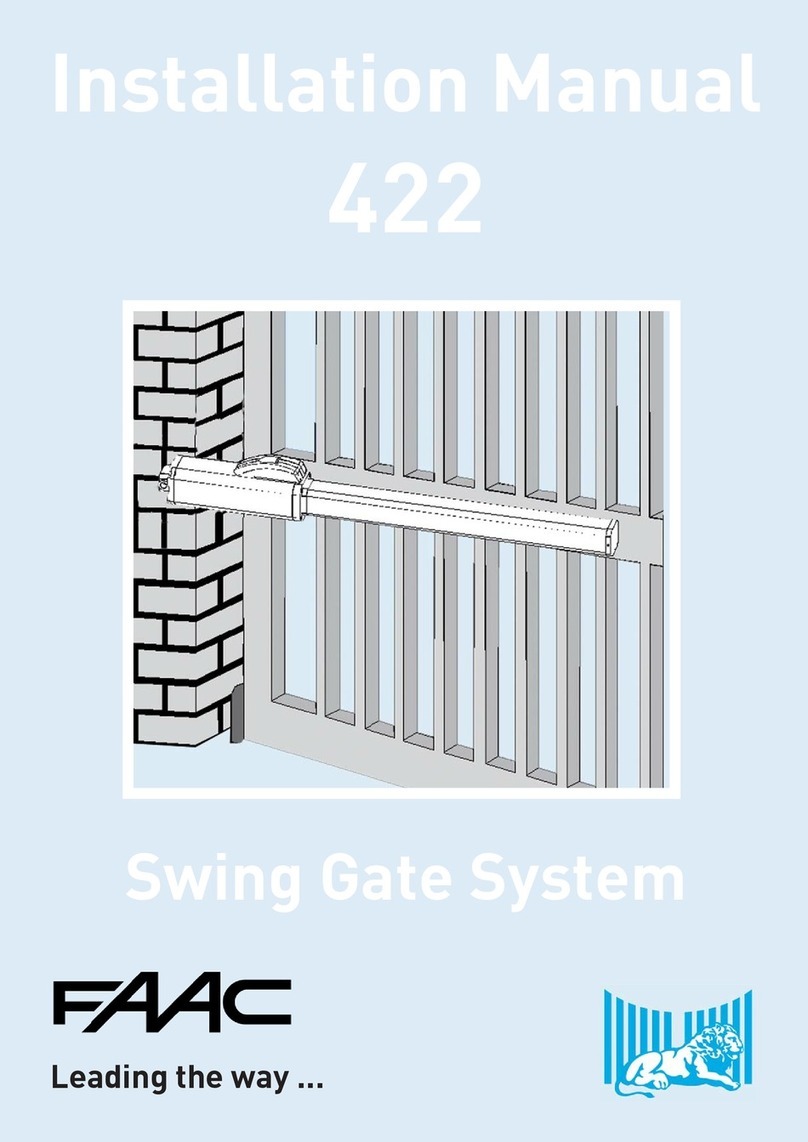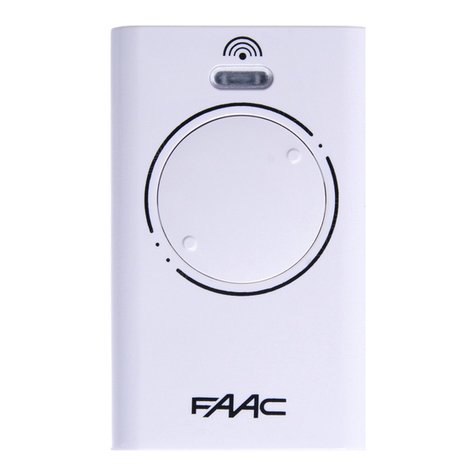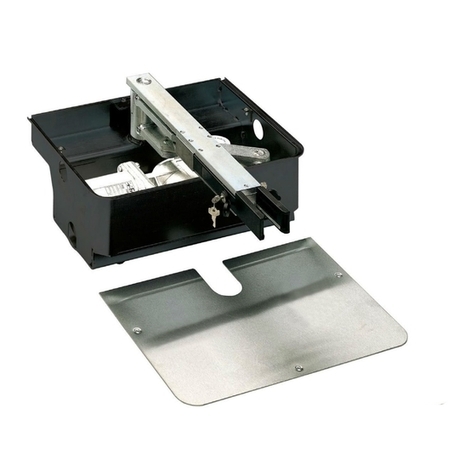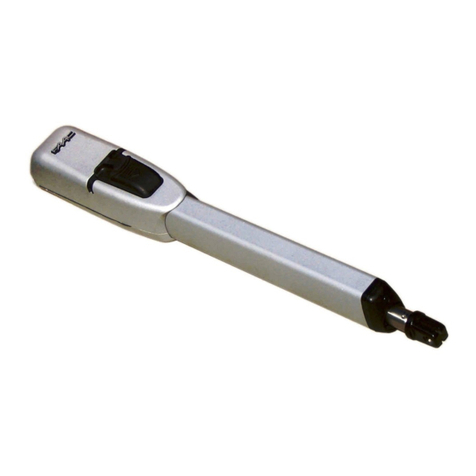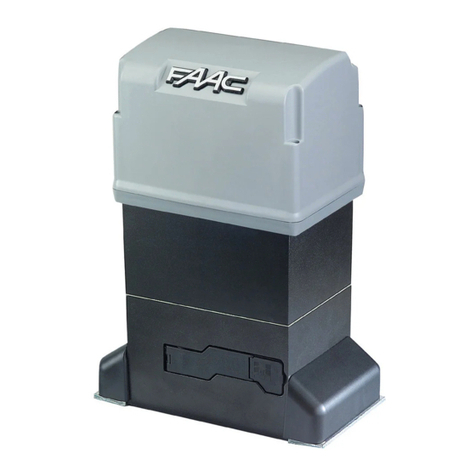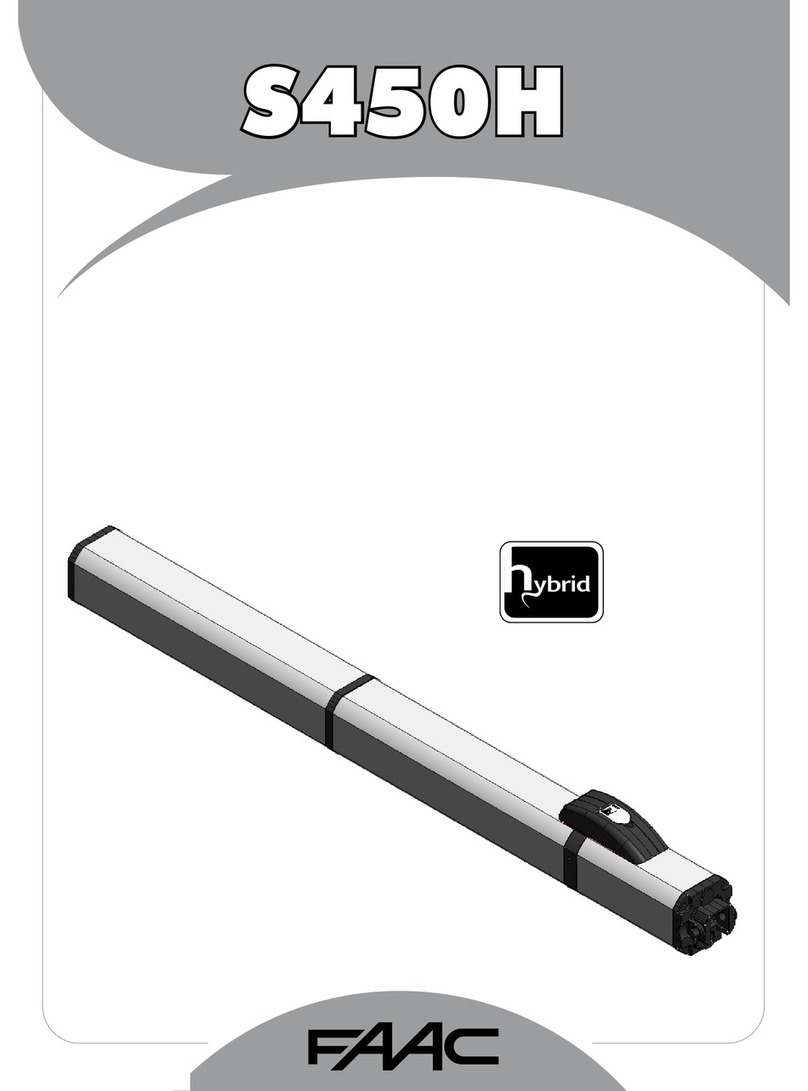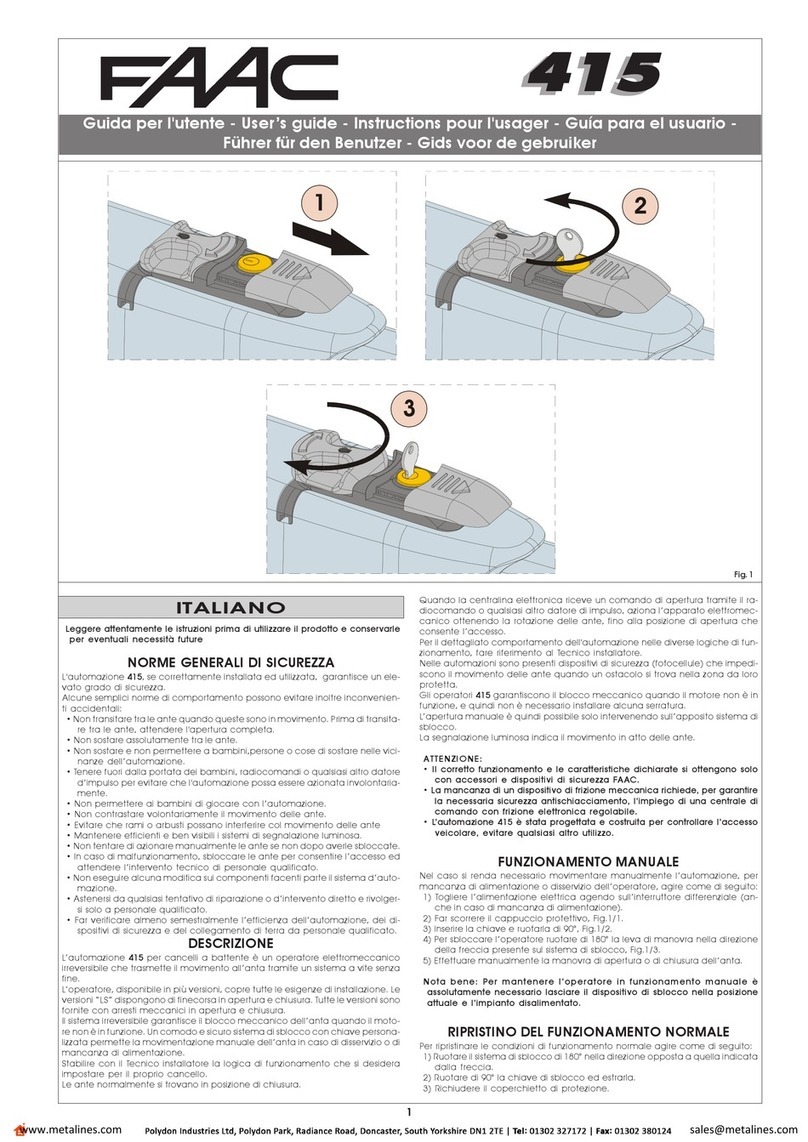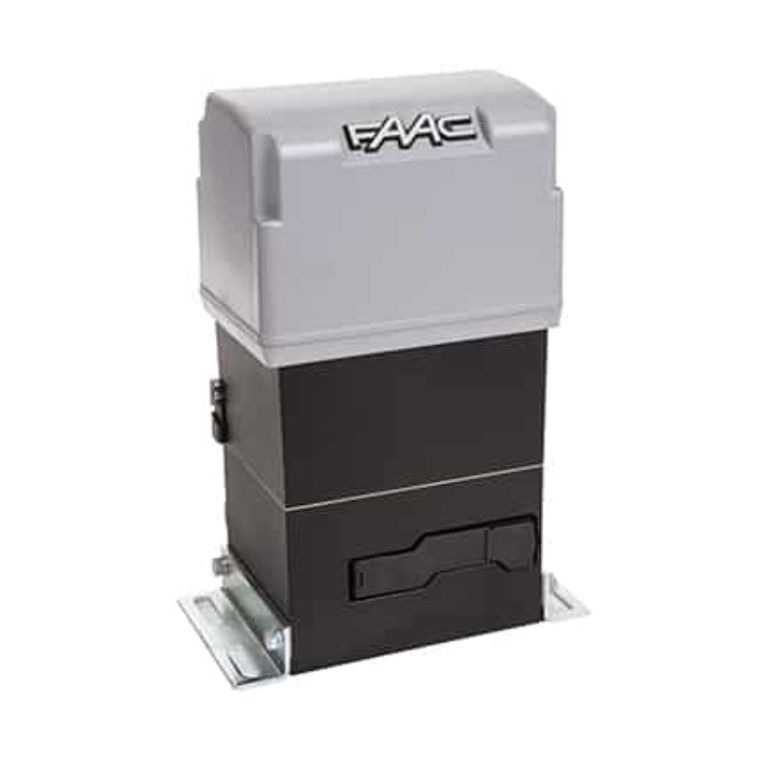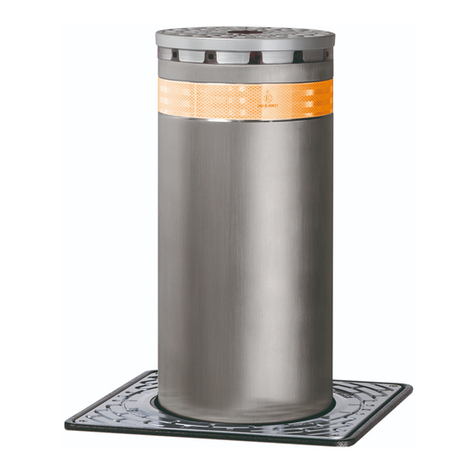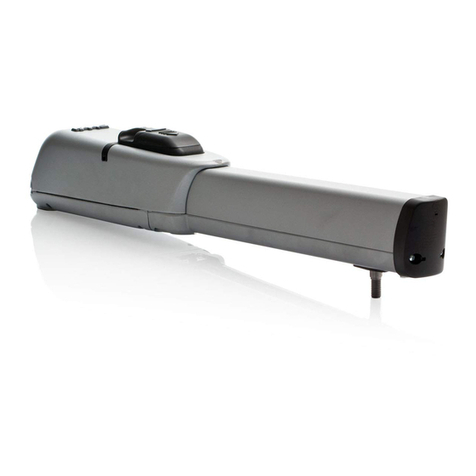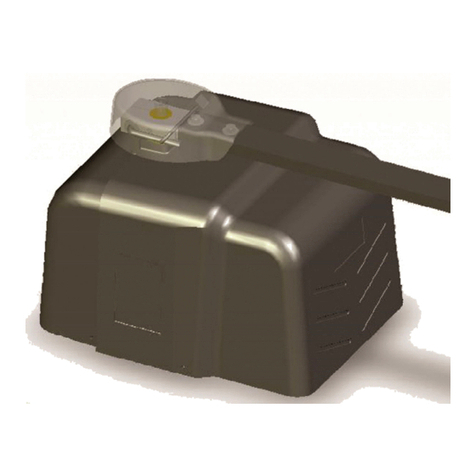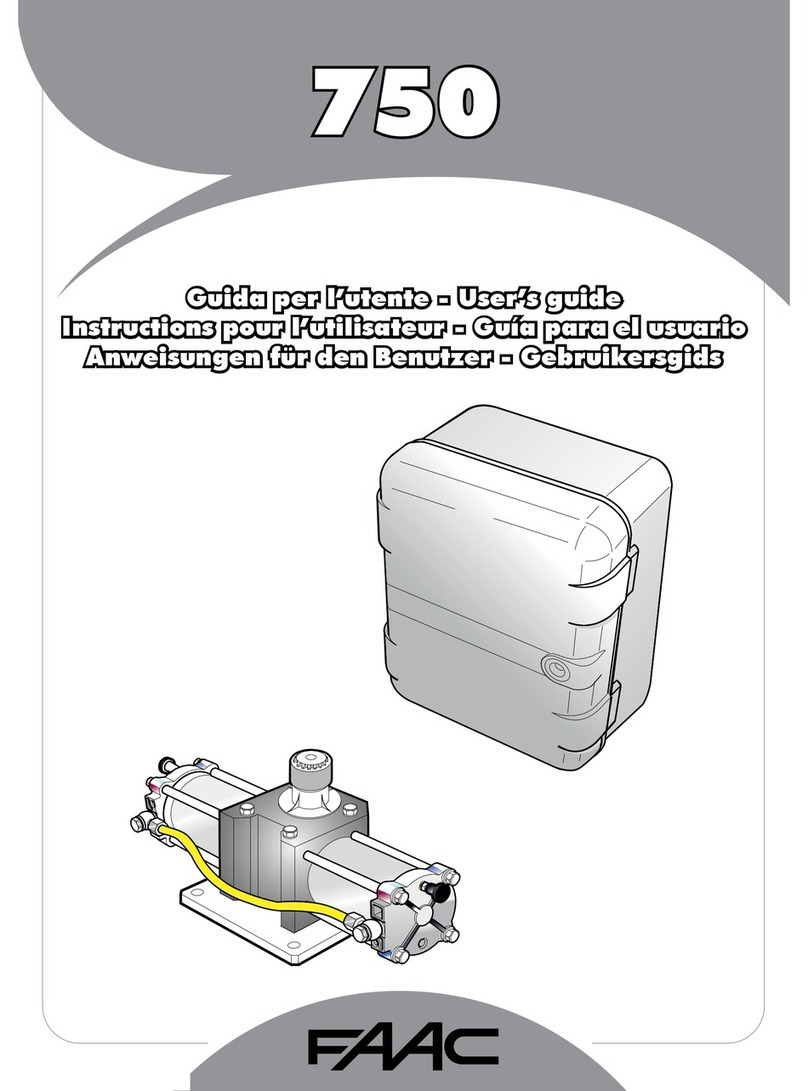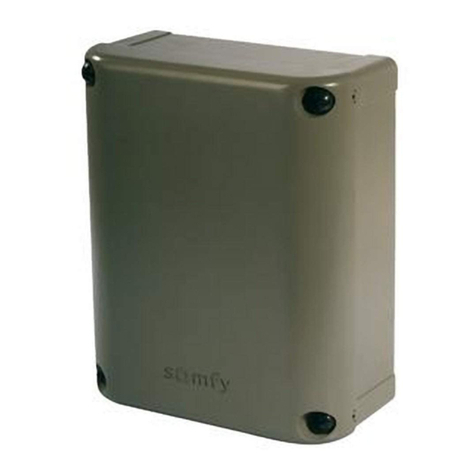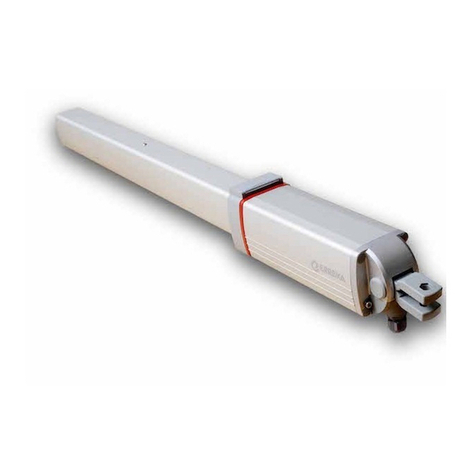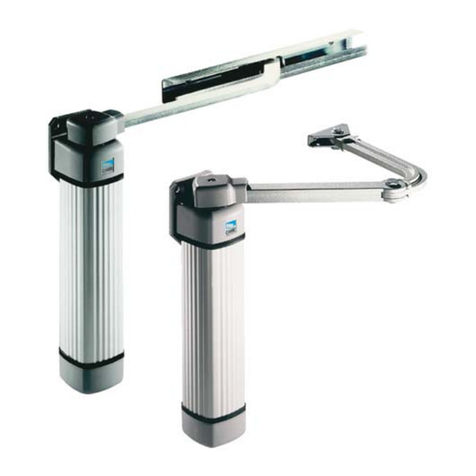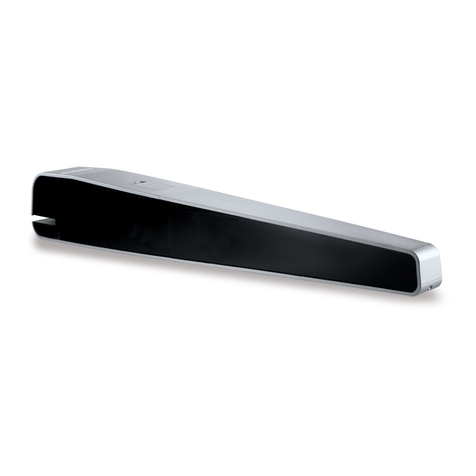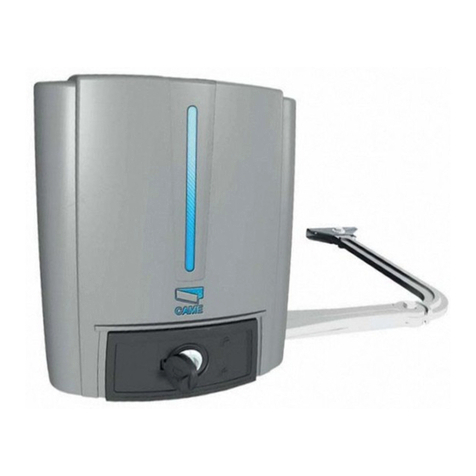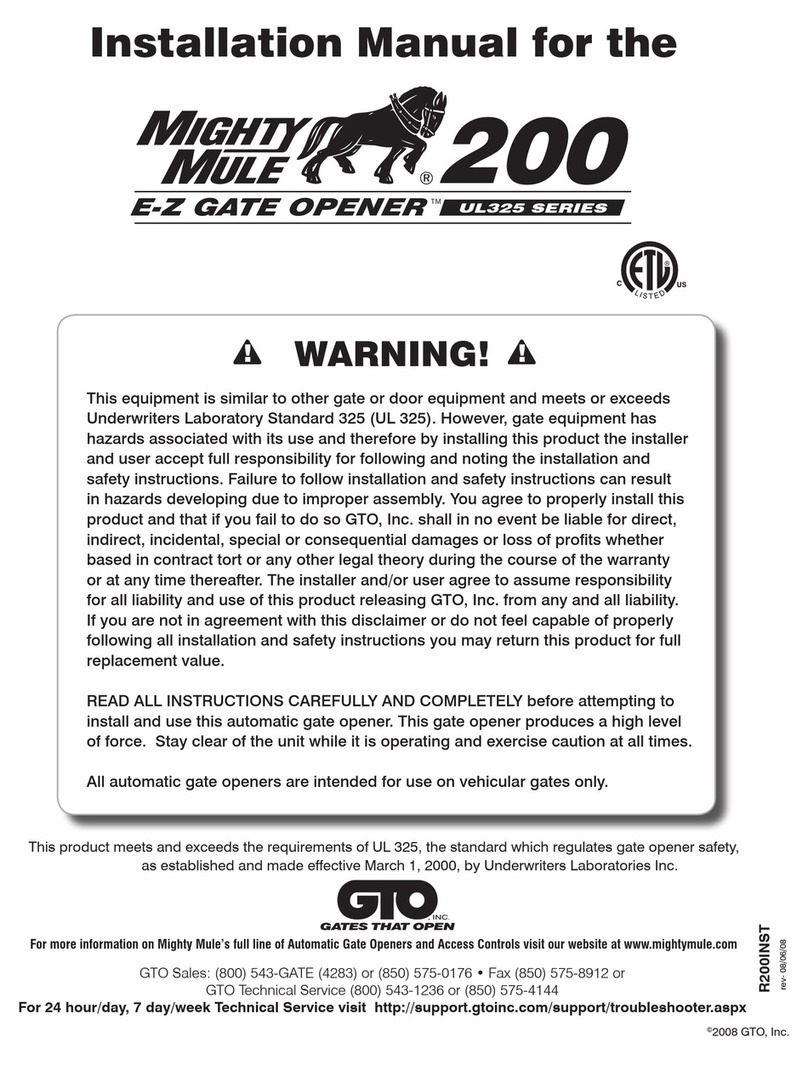
4
Gate Construction
Vehicular gates should be constructed and installed in
accordance with ASTM F2200: Standard Specification
for Automated Vehicular Gate Construction.
For more information, contact ASTM at: www.astm.org
Installation
• If you have any questions or concerns regarding the
safety of the gate operating system, do not install the
operator and consult the manufacturer.
• The condition of the gate structure itself directly
affects the reliability and safety of the gate operator.
• Only qualified personnel should install this equipment.
Failure to meet this requirement could cause severe
injury and/or death, for which the manufacturer
cannot be held responsible.
• The installer must provide a main power switch that
meets all applicable safety regulations.
• It is extremely unsafe to compensate for a damaged
gate by increasing hydraulic pressure.
• Install devices such as reversing edges and photo
beams to provide better protection for personal
property and pedestrians. Install reversing devices
that are appropriate to the gate design and
application.
• Before applying electrical power, ensure that voltage
requirements of the equipment correspond to the
supply voltage. Refer to the label on your gate
operator system.
Usage
• Use this equipment only in the capacity for which it
was designed. Any use other than that stated should
be considered improper and therefore dangerous.
• The manufacturer cannot be held responsible
for damage caused by improper, erroneous or
unreasonable use.
• If a gate system component malfunctions,
disconnect the main power before attempting to
repair it.
• Do not impede the movement of the gate, you
may injure yourself or damage the gate system as a
result.
• This equipment may reach high thermal
temperatures during normal operation, therefore use
caution when touching the external housing of the
gate operator.
• Use the manual release mechanism according to
the procedures presented in this manual.
• Before performing any cleaning or maintenance
operations, disconnect power to the equipment.
• All cleaning, maintenance or repair work must
performed by qualified personnel.
General Safety Precautions
9. For gate operators that utilize a contact sensor (edge
sensor or similar):
• Locate one or more contact sensors where the risk
of entrapment or obstruction exists, such as at the
leading edge, trailing edge, and post mounted
both inside and outside of a vehicular horizontal
slide gate
• Locate one or more contact sensors at the bottom
edge of a vehicular vertical lift gate.
• Locate one or more contact sensors at the bottom
edge of a vertical barrier (arm).
• Locate one or more contact sensors at the pinch
point of a vehicular vertical pivot gate.
• Locate hard-wired contact sensors and wiring so
that communication between sensor and gate
operator is not subjected to mechanical damage.
• Locate wireless contact sensors, such as those
that transmit radio frequency (RF) signals, where
the transmission of signals are not obstructed or
impeded by building structures, natural land-
scaping or similar hindrances. Wireless contact
sensors shall function under their intended end-use
conditions.
• Use only FAAC MSE MO, CN60 or M60 edge sensors.
Important Installation Instructions (continued)
